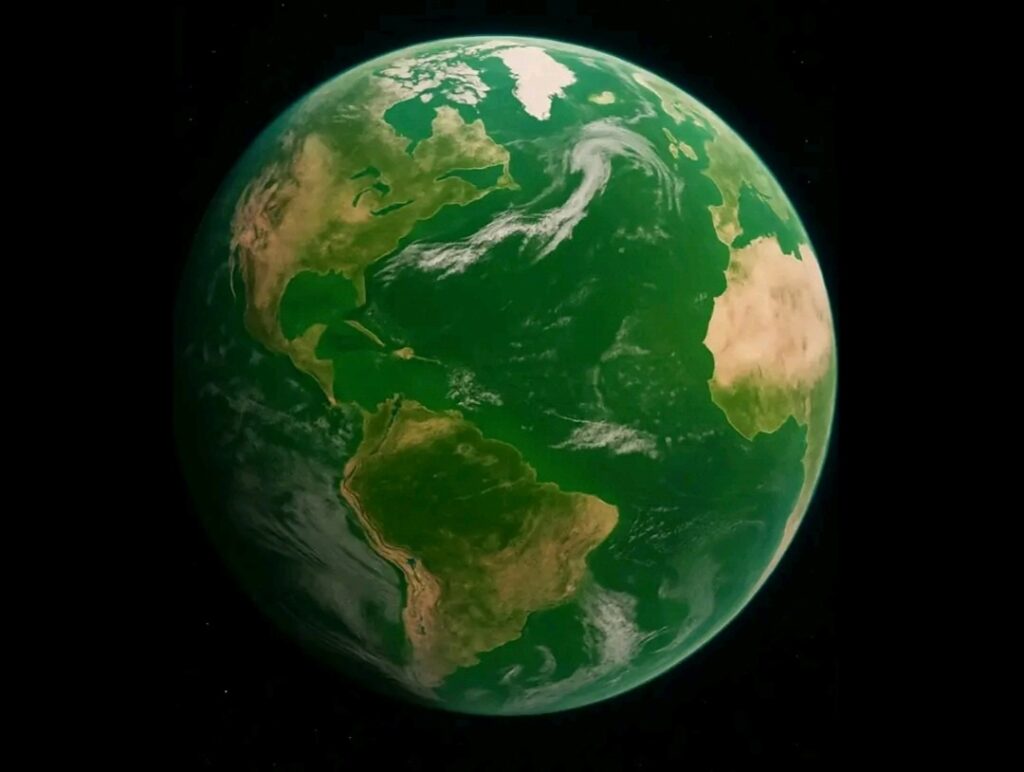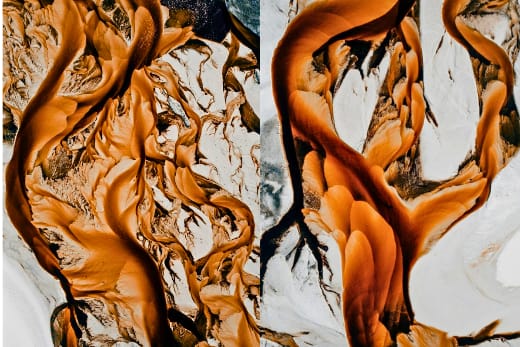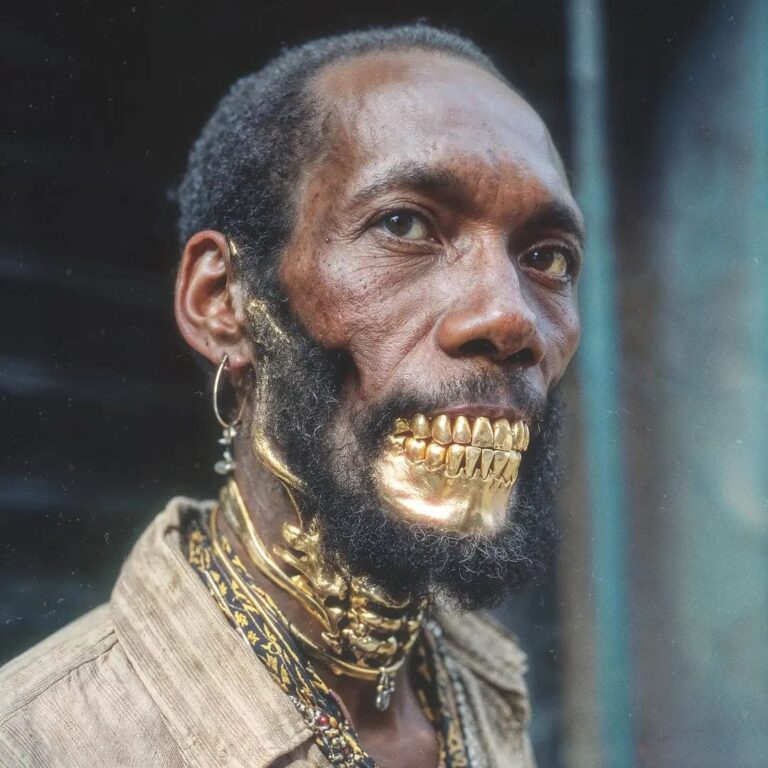It’s hard to imagine the oceans we know today, vast stretches of deep blue, looking any different. Yet more than 2.5 billion years ago, during the Archaean eon, Earth’s seas may have shimmered in shades of green.
Scientists suggest that this unusual color came from high concentrations of dissolved iron combined with the presence of early photosynthetic microbes, tiny organisms that began the slow work of transforming our planet.
Dr. Elena Markova, a geobiologist, explains, “The green oceans of the Archaean era were unlike anything we see today. They tell the story of a young planet, where life and chemistry were interacting in ways that shaped the future of Earth.”
Over the eons, as oxygen levels increased, the iron in the water oxidized and settled to the ocean floor, gradually turning the seas to the familiar blue we see now. Yet the story does not have to end there.
Some studies suggest that future changes in climate and ocean chemistry could one day shift the oceans’ color again, perhaps to green, red, or even purple hues, offering a glimpse of how dynamic and ever-changing our planet really is.
Standing on a modern beach, it is almost impossible to picture green seas stretching to the horizon. And yet, Earth’s history reminds us that the colors of our world are never permanent. They are living, breathing reflections of life itself.






